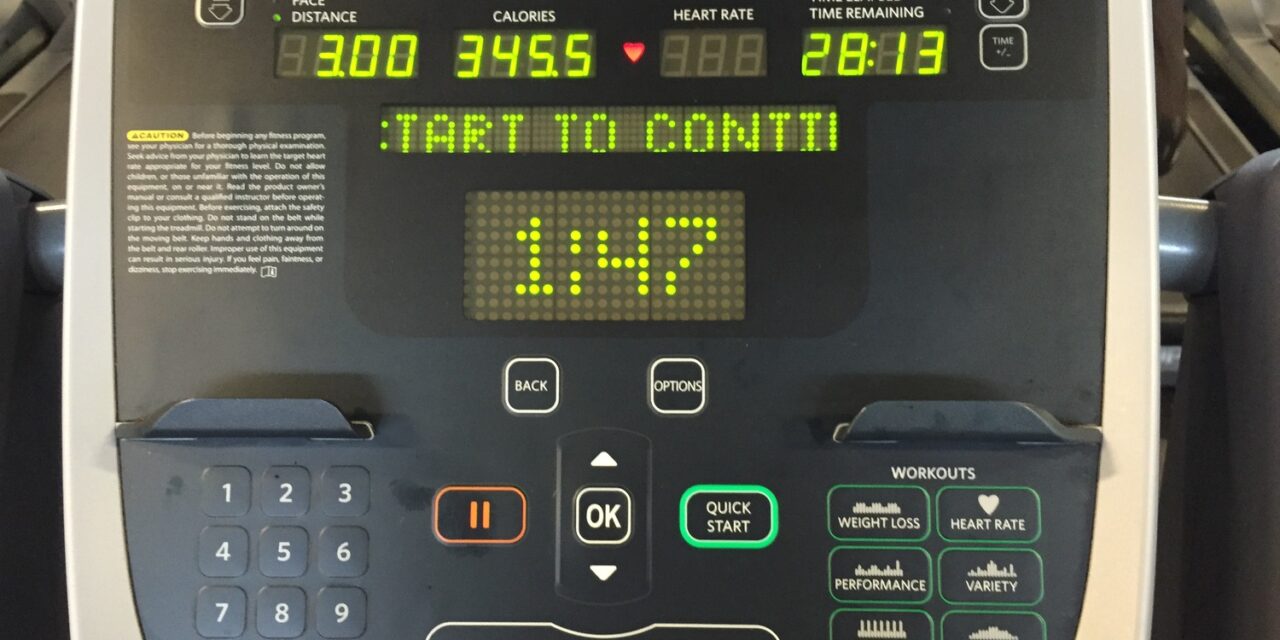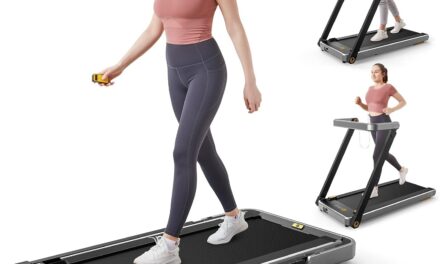Have you ever wondered how long it actually takes to run a mile on the treadmill? Well, you’re in luck! In this article, we will explore the average time it takes to complete a mile on the treadmill and the factors that can affect this. Whether you’re a seasoned runner looking to improve your pace or a beginner trying to set a benchmark, understanding the time it takes to run a mile on the treadmill can help you track your progress and set achievable goals. So let’s lace up our shoes and hop on the treadmill to find out!
Factors Affecting Mile Length on Treadmill
When it comes to measuring your progress and setting goals on a treadmill, understanding the factors that can affect the length of a mile is crucial. From speed and incline settings to your own pace and the accuracy of the treadmill itself, there are several key elements to consider. In this comprehensive article, we will delve into each of these factors, providing you with valuable insights to help you maximize your treadmill workouts.
Understanding Speed Settings
One of the primary factors that can impact the length of a mile on a treadmill is the speed setting. Most modern treadmills come with adjustable speed options, allowing you to find the pace that suits your fitness level and goals. By increasing or decreasing the speed, you can control the intensity of your workout and tailor it to your specific needs.
To get a better understanding of speed settings, it is essential to know the conversion from miles per hour (mph) to minutes per mile. For example, if you set your treadmill to 5 mph, it means you are running at a pace of 12 minutes per mile. This information can help you track your progress and plan your workouts accordingly.
It is important to note that the speed setting directly affects the length of a mile on a treadmill. The faster you go, the shorter the mile will feel, while a slower pace will make the mile seem longer. Experimenting with different speed settings can help you find the optimal balance between challenge and comfort during your treadmill sessions.
Influence of Incline Settings
In addition to speed settings, the incline settings on a treadmill can significantly impact the length of a mile. Adjustable incline options provide an opportunity to mimic outdoor running conditions and add variation to your workouts. By increasing the incline, you simulate uphill running, which requires more effort and engages different muscle groups.
When the treadmill is inclined, the length of the mile increases. This is because you are covering more vertical distance with each stride. It is worth noting that an inclined treadmill also contributes to a higher calorie burn rate, making it an effective choice for those aiming to increase their endurance or lose weight.
Different treadmills offer various incline options, allowing you to adjust the gradient to your preference. Experimenting with incline settings can help you add variety to your workouts and challenge your body in new ways.
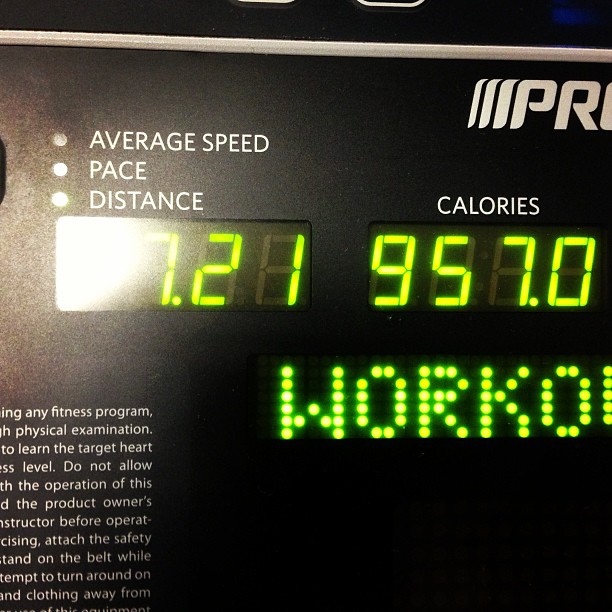
This image is property of terencenoah.files.wordpress.com.
User’s Pace on Mile Length
Your own pace plays a significant role in determining the length of a mile on a treadmill. Whether you prefer to run or walk, varying your pace can have an impact on your overall workout experience.
If you are running, your mile length will depend on your running speed. Faster running speed will result in a shorter mile, whereas a slower running speed will make the mile seem longer. It is important to find a comfortable and sustainable pace that allows you to maintain proper form and avoid overexertion.
If you choose to walk, your pace also affects the length of a mile. Walking at a brisk pace will cover the mile in less time compared to a leisurely stroll. Finding your preferred walking pace can help you optimize your workout and achieve your fitness goals.
Interval training is another technique that can influence mile length on a treadmill. By alternating between periods of high-intensity running or walking and lower-intensity recovery periods, you can challenge your cardiovascular system and improve overall fitness. This method can enhance calorie burn and make your treadmill workouts more efficient.
Comparing Running vs. Walking
While both running and walking on a treadmill offer numerous health benefits, there are some key differences to consider when it comes to mile length and workout intensity.
Running tends to be more demanding on the body and requires a higher level of cardiovascular fitness. As a result, running at the same speed as walking will cover a shorter distance in the same amount of time. Thus, if you are looking to challenge yourself and achieve a greater calorie burn, running may be the preferred option.
On the other hand, walking is generally a lower-impact activity that can be more accessible to individuals with joint issues or those who are new to exercise. Walking at a brisk pace can still provide a challenging workout, and by increasing the incline, you can make it more demanding. Additionally, walking can be a great option for active recovery or as part of a warm-up or cool-down routine.
Ultimately, whether you choose to run or walk on the treadmill, the length of a mile will depend on your chosen pace and the intensity of your workout.

This image is property of thecookiechrunicles.files.wordpress.com.
Accuracy of Treadmill Measurements
To accurately track your progress on a treadmill, it is essential to consider the accuracy of the treadmill’s measurements. While most modern treadmills are designed to provide precise readings, there can still be a margin of error that varies between models.
To ensure the accuracy of your treadmill measurements, calibration is key. Many treadmills have calibration settings that allow you to adjust the accuracy based on your personal preferences and stride dynamics. Following the manufacturer’s instructions for calibration can help you maintain consistent and reliable measurements.
It is important to note that treadmill measurements may have a margin of error. This can be due to various factors, such as belt tension, calibration discrepancies, or slight variations in the manufacturing process. Understanding that there may be a small deviation from exact measurements can help you set realistic goals and track your progress effectively.
If you have concerns about the accuracy of your treadmill measurements, you can consider using external devices for verification. Wearable fitness trackers or GPS-enabled devices can provide an additional layer of data that can complement the treadmill’s readings. This can give you a more comprehensive understanding of your workout metrics and help you stay on track towards your fitness goals.
Tips for Calculating Mile Length
To calculate the length of a mile on a treadmill, there are a few simple methods you can use, depending on the information available to you.
Using speed and time is one of the most straightforward ways to calculate mile length. By multiplying the speed setting in miles per hour (mph) by the time it takes to complete a mile, you can determine the distance covered. For example, if you complete a mile in 10 minutes and your speed is set to 6 mph, you would have covered a distance of 1 mile.
If you have access to the distance covered and the incline setting, you can also calculate mile length. By dividing the distance by the cosine of the incline angle, you can determine the horizontal distance covered, which represents the length of a mile. This method takes into account the vertical displacement caused by the incline and provides a more accurate measure of distance.
Another option is to utilize wearable devices, such as fitness trackers or GPS-enabled watches, to track your distance while using the treadmill. These devices use advanced technologies to provide accurate measurements and can be a reliable alternative to solely relying on the treadmill’s readings.
Whichever method you choose, it is important to consider the factors discussed in this article and adjust your calculations accordingly to ensure optimal accuracy.
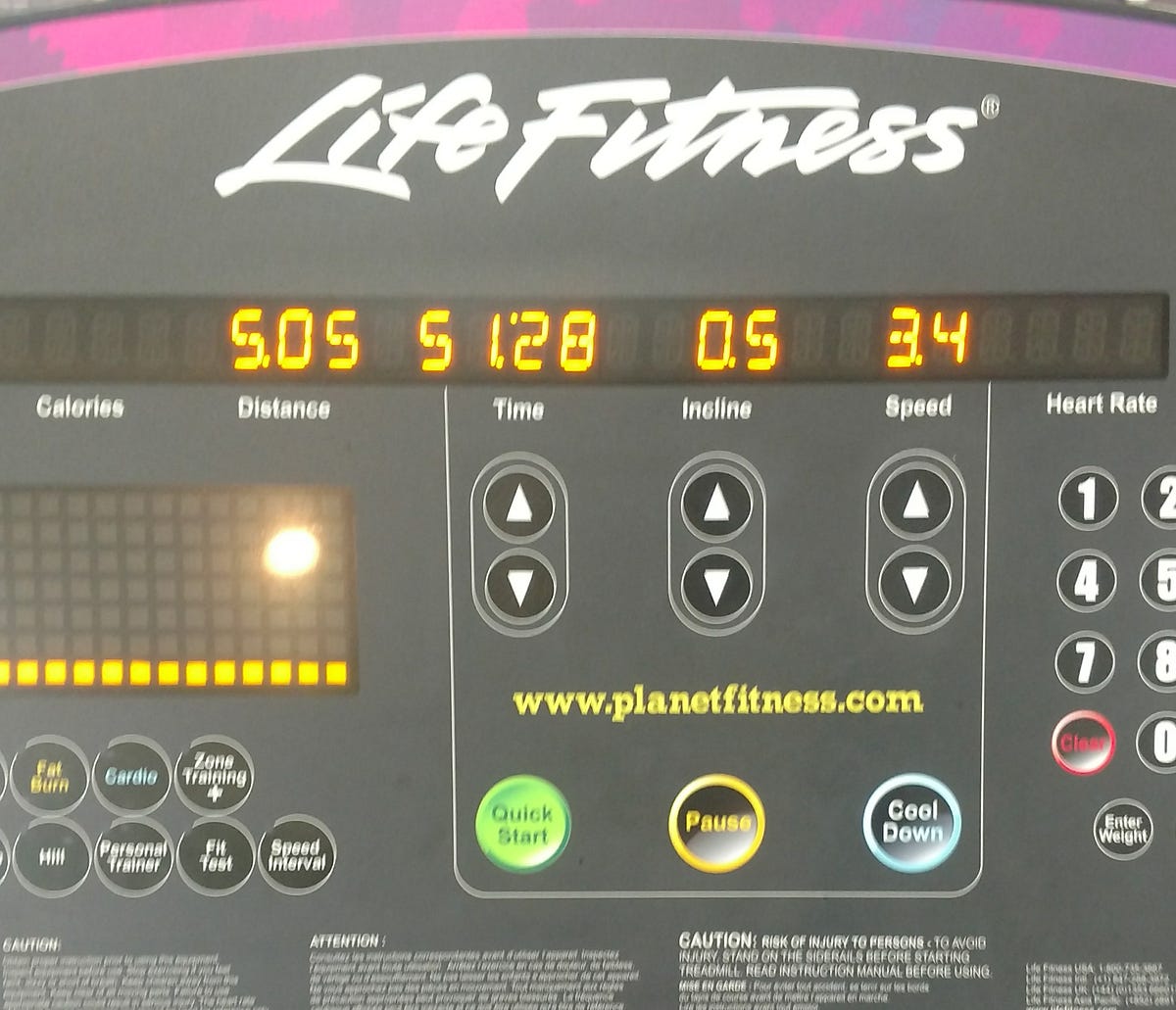
This image is property of miro.medium.com.
Mental and Physical Challenges on Treadmill
While treadmills offer convenience and control over your workout environment, they can also present certain challenges, both mentally and physically. Overcoming these challenges is essential to stay engaged, motivated, and avoid overexertion.
Boredom can be a factor that affects your treadmill workouts. Running or walking in the same spot for an extended period of time may become monotonous and reduce your motivation. To combat boredom, consider incorporating different forms of distraction, such as listening to music, podcasts, or audiobooks. You can also watch TV shows or movies, or even join virtual training courses that provide engaging visuals and interactive experiences.
To stay mentally engaged during your treadmill workouts, it can also be helpful to vary your training routine. Experiment with different speed and incline settings, as well as interval training, to challenge your body and mind in new ways. Setting goals and tracking your progress can provide a sense of accomplishment and keep you motivated.
Avoiding overexertion is another important consideration when using a treadmill. It is crucial to listen to your body, particularly if you are new to exercising or have any underlying health conditions. Gradually increasing the intensity and duration of your workouts can help prevent injuries and promote overall fitness.
Exploring Different Mileage Goals
Setting mileage targets can be a great way to stay motivated and work towards specific fitness goals. Whether you are a beginner looking to establish a fitness routine, an intermediate striving for steady progress, or an advanced athlete aiming to push your limits, there are different mileage goals to consider.
For beginners, starting with achievable mileage targets is key. Gradually increase your distance over time, focusing on consistency and building endurance. Aim for a goal of 1-2 miles per workout, increasing the distance gradually as your fitness improves.
Intermediate runners or walkers can set more ambitious mileage targets. Strive to cover 3-5 miles per session, challenging your pace and incorporating interval training to improve speed and stamina. Consistency and proper recovery are essential to avoid overtraining and reduce the risk of injury.
Advanced athletes who are already well-conditioned can aim for higher mileage targets. Pushing beyond the 5-mile mark can provide a new level of challenge and help you reach peak performance. Consider incorporating longer runs or walks and exploring advanced training techniques to enhance your endurance.
Remember, the most important aspect of setting mileage goals is to listen to your body and progress at a pace that is comfortable for you. Safety and enjoyment should always be the top priorities.
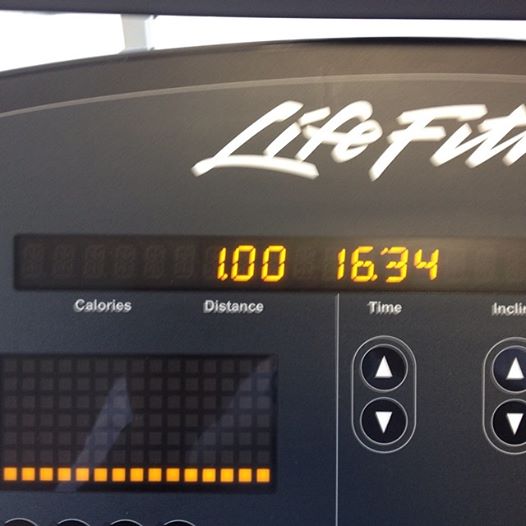
This image is property of 300poundsandrunning.com.
Personalization and Customization Options
To enhance your treadmill experience, many machines come equipped with personalization and customization options. These features allow you to tailor your workouts to your specific preferences and goals, providing a more engaging and enjoyable fitness routine.
Programmable workouts are a popular option available on many treadmills. They allow you to create customized workout routines by adjusting the incline, speed, and duration according to your preferences. This flexibility enables you to simulate a variety of outdoor terrains and training scenarios, keeping your workouts fresh and challenging.
Another exciting feature is virtual training courses, which provide immersive experiences through interactive screens or virtual reality headsets. These courses allow you to virtually explore scenic routes from around the world, adding an element of excitement and adventure to your treadmill workouts. By immersing yourself in visually captivating environments, you can stay motivated and engaged throughout your training sessions.
Customizing distance measurements is another option to consider. Some treadmills allow you to display distances in alternative units, such as kilometers or miles, depending on your preference or familiarity. Being able to visualize the distance in a format that resonates with you can contribute to a more enjoyable and meaningful workout experience.
By taking advantage of these personalization and customization options, you can create a treadmill routine that is tailored to your unique fitness goals, preferences, and interests.
In conclusion, understanding the factors that affect mile length on a treadmill is essential for optimizing your workouts and tracking your progress effectively. Speed and incline settings, your own pace, the choice between running and walking, and the accuracy of treadmill measurements all play crucial roles in determining the length of a mile. By considering these factors, exploring different mileage goals, and personalizing your workouts, you can create a dynamic and enjoyable treadmill routine that supports your fitness journey. Now, it’s time to lace up your shoes, hop on the treadmill, and start enjoying the benefits of this versatile and convenient fitness equipment.

